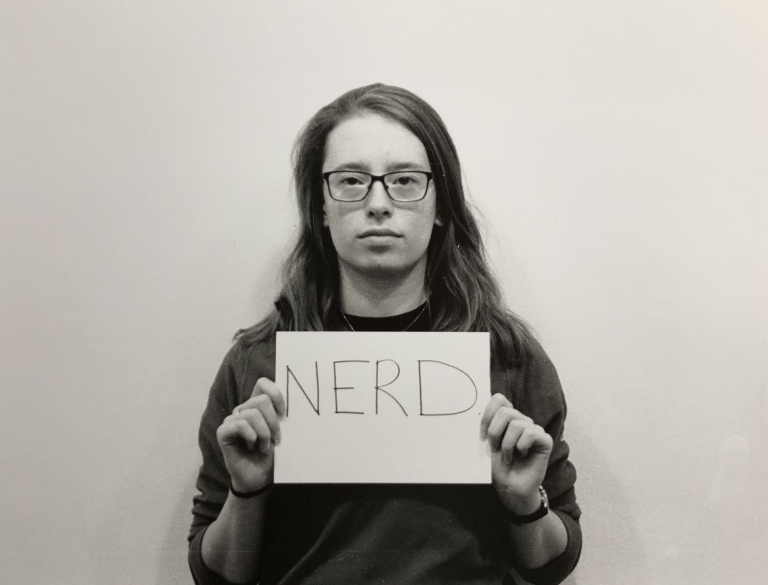Category: Study Abroad
-

Study Abroad Exhibition
The study abroad exhibition was a hit success with works being displayed by Romaisa Bhatti, Celdice James, Hira Syed, Zoë Lee, Christine Glover and myself. We had a wide range of practices coming together in two locations to create a flowing exhibition, showcasing the work done while on study abroad in the previous term. I initially had concerns with my…
-

Challenging stereotypes, one label at a time
Recently, in my term abroad at the University of Ottawa, I completed a collection of black and white photographs looking at breaking stereotypes. This work has now been published on the university’s website, along with a small written piece by Robert Greeley, for all to realise that ‘I Am Not The Label You Give Me‘.…
-

Sculpture: Wood and Metal Assignment
This is the second of the sculpture assignments, looking at the use of the wood and metal workshops within the University of Ottawa. The project demanded two chairs as part of the brief, and I found two small children’s chairs that I soon wanted to make a curled up child, natural in form, such as…
-

I Am Not The Label You Give Me
Don’t Feed the Stereotype was a pop up exhibition with artwork by international students, and is continued campaign at the University Ottawa. This exhibition took a popular culture or religious approach to addressing issues of diversity, in an effort to promote a positive approach to diversity on campus. I Am Not The Label You Give Me was my project…
-

Sans Camera Exhibition
The Sans Camera exhibition was a two-week long exhibition held at Galerie 5.6 at the art department, University of Ottawa. This was a student effort, collaborating to curate a themed exhibition. The work chosen was from out first photography assignment, using pinhole cameras as well as photograms and invented negatives. Working as a group, we were able to…
-

Photography Assignment Two
The second photography assignment took us into 35mm black and white photography, where we were to develop both the film and the images ourselves. The assignment was to photograph things that we have never seen before, or objects in a way that we have never seen before. I felt as though I had a small advantage…
